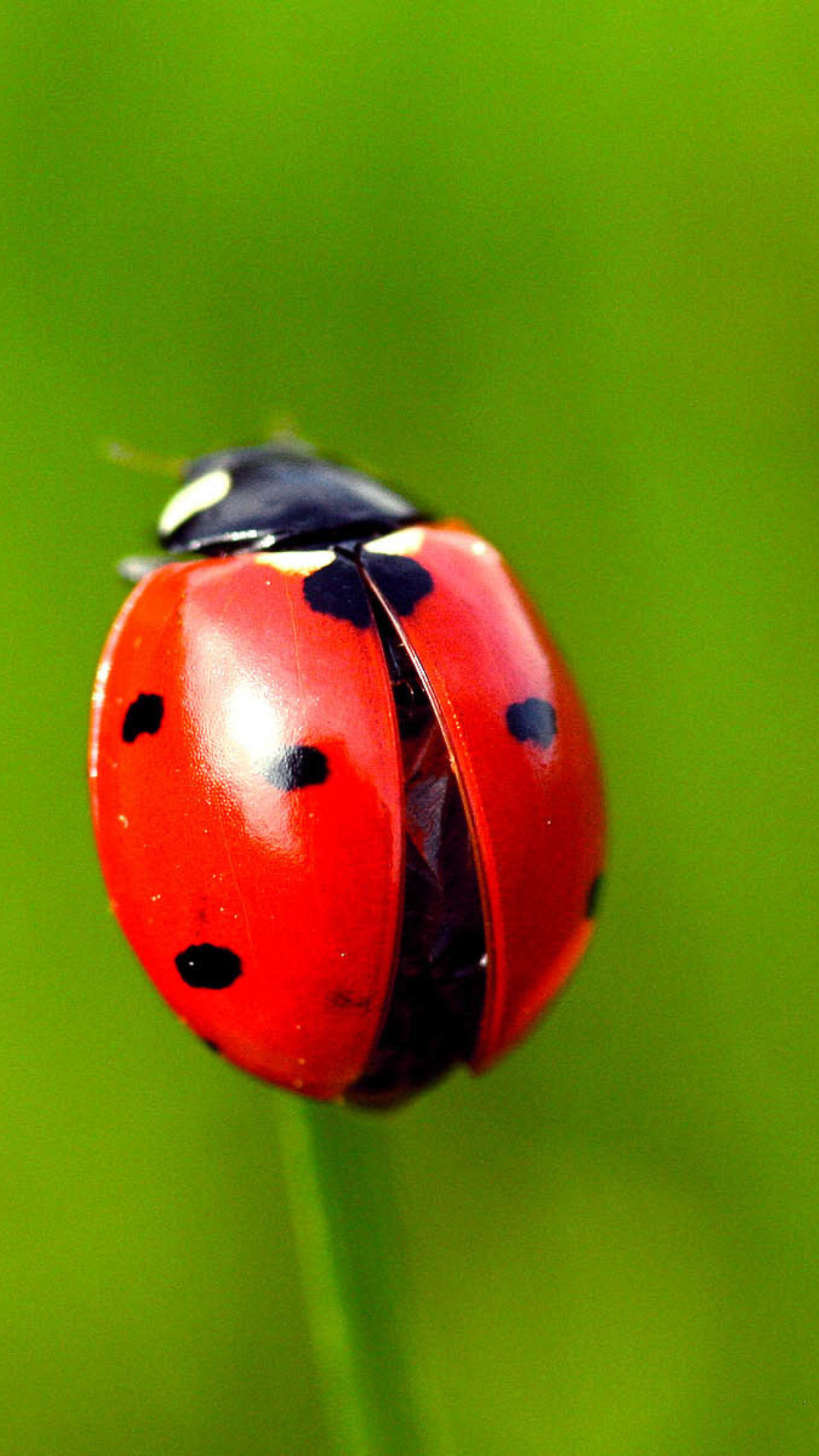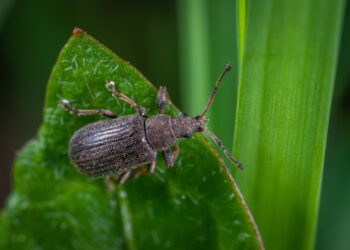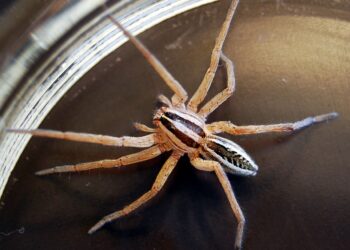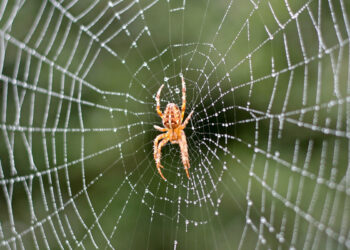Ladybugs are small insects that are very sensitive to their habitat. They prefer certain areas and are very excitable about the temperature that prevails there. In addition, they mainly choose their living environment on the basis of the amount of food available. The insects prefer nettles and cornflowers, among other things. Ladybugs can be beneficial to the environment. However, insects can cause damage if they occur in large numbers.
The ladybug
These insects belong to the beetles and can be recognized by their spots. They have feelers (sometimes called antennae) to explore their environment and, like other insects, have a total of six legs. The scientific name for these beetles is ‘Coccinellidae’. They can grow up to about two centimeters long. They can move faster in the air than on land. This allows them to cover great distances using their wings. They can reveal their wings in a unique way by ‘folding open’ the top of their bodies.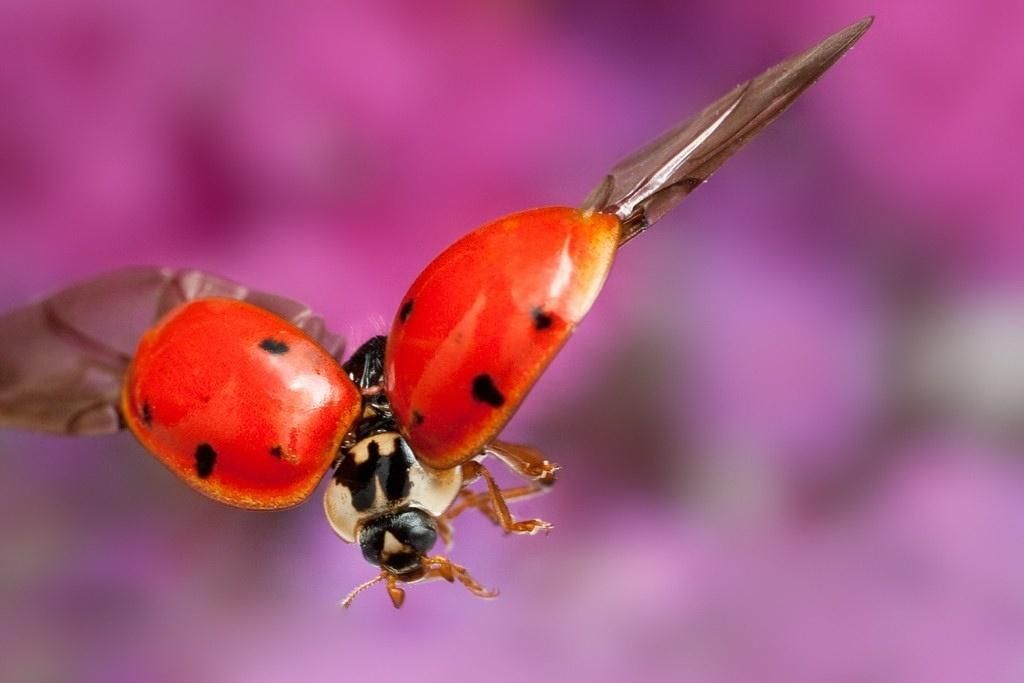
Where in the world are these insects found?
Ladybugs are found in countries with temperate to tropical climates. When it starts to get too cold, the insects begin to disappear from view and begin their hibernation.
Ladybugs in The world
Most ladybugs that we know in the world have a red color with black dots. These are usually found here during the spring and summer months. The insects are normally not to be found in the world during the winter months because of the cold. They then look for sheltered pitches to hibernate. Sometimes the insects find cracks in houses to hibernate. Ladybugs are only active again when the temperature is high enough. This is usually around 15 degrees Celsius.
Preference for certain environments
Regular ladybugs (such as the seven- or two-spot ladybugs) are found in a variety of environments. Other species, however, have a preference for a specific living environment, for example in places where many trees occur. Other species prefer lower vegetation and fly past shrubs or flowers that are low above the ground. Their preference has to do with, among other things, the amount of food that can be found in the area.
Food
The insects choose their favorite area depending on their food preference. Most species eat, among other things, aphids, mites, and so-called ‘thrips’. These insects are only half a millimeter long and have transparent bodies. The well-known two- and seven-spot ladybugs tend to seek out places where there are many stinging nettles. They prefer to eat the so-called ‘nettle aphid’ and the black bean aphid that occurs here in large numbers.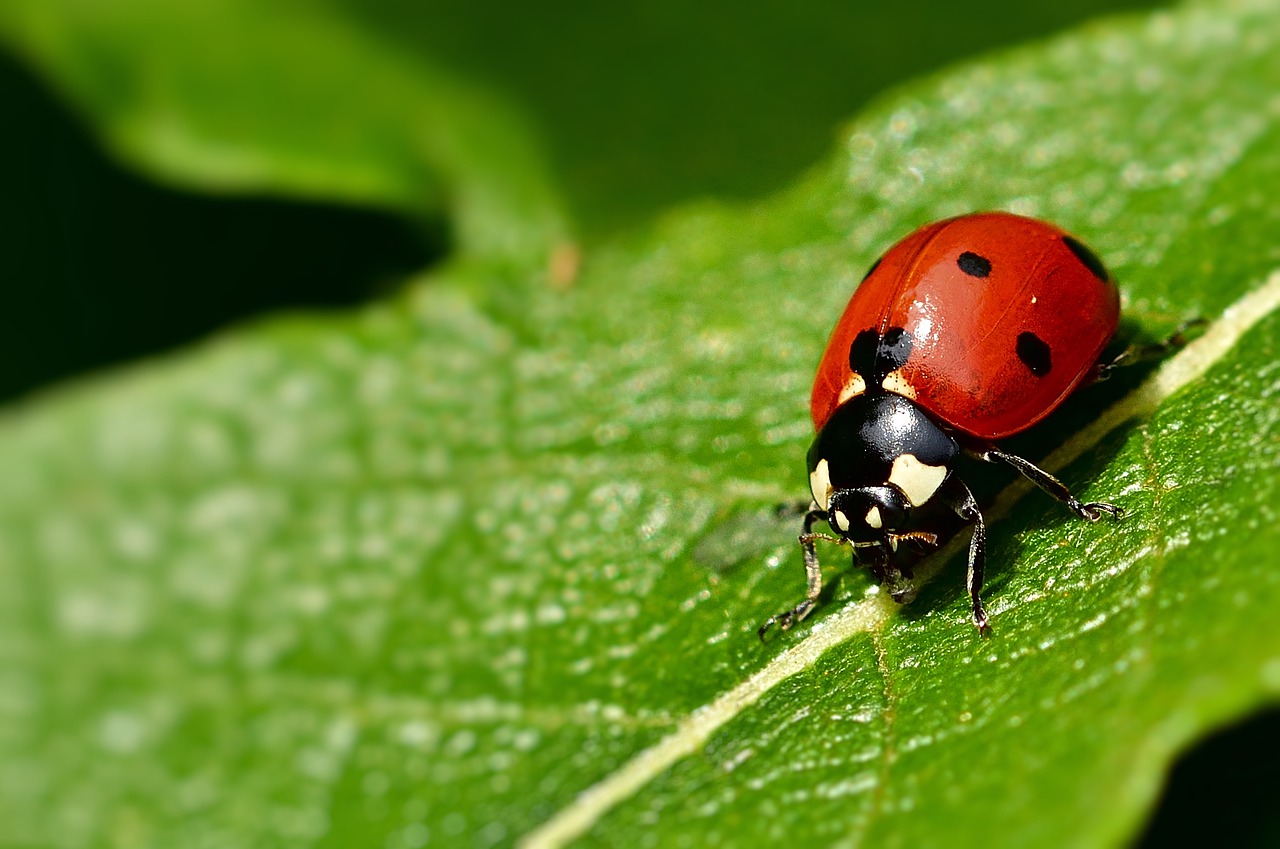
Flower types
Ladybugs are attracted to specific plant and flower species. Flower seeds are often sold in various garden centers that attract these insects. These animals are attracted to cornflowers, echium, and chamomile, among other things.
Damage to agriculture
These insects prefer to live in rural areas than in urban areas. When these insects occur in large numbers, they can sometimes be a problem for agriculture. They feed on the crops. They also lay their eggs on the foliage so that the larvae that hatch here immediately have a food source at their disposal. A huge amount of these animals is also called a pest and is sometimes difficult to control.
Ladybugs can also be very useful for agriculture
However, the animals can also be beneficial for crops; they eat aphids. Aphids can cause serious damage to crops. These pests cause the most damage to young leaves or buds, which hinders the growth of the crop. For this reason, the ladybugs are occasionally deliberately released in large numbers to get rid of the pests. The beetles can be sold as larvae. The bags are usually small enough to even get them through the mail.


